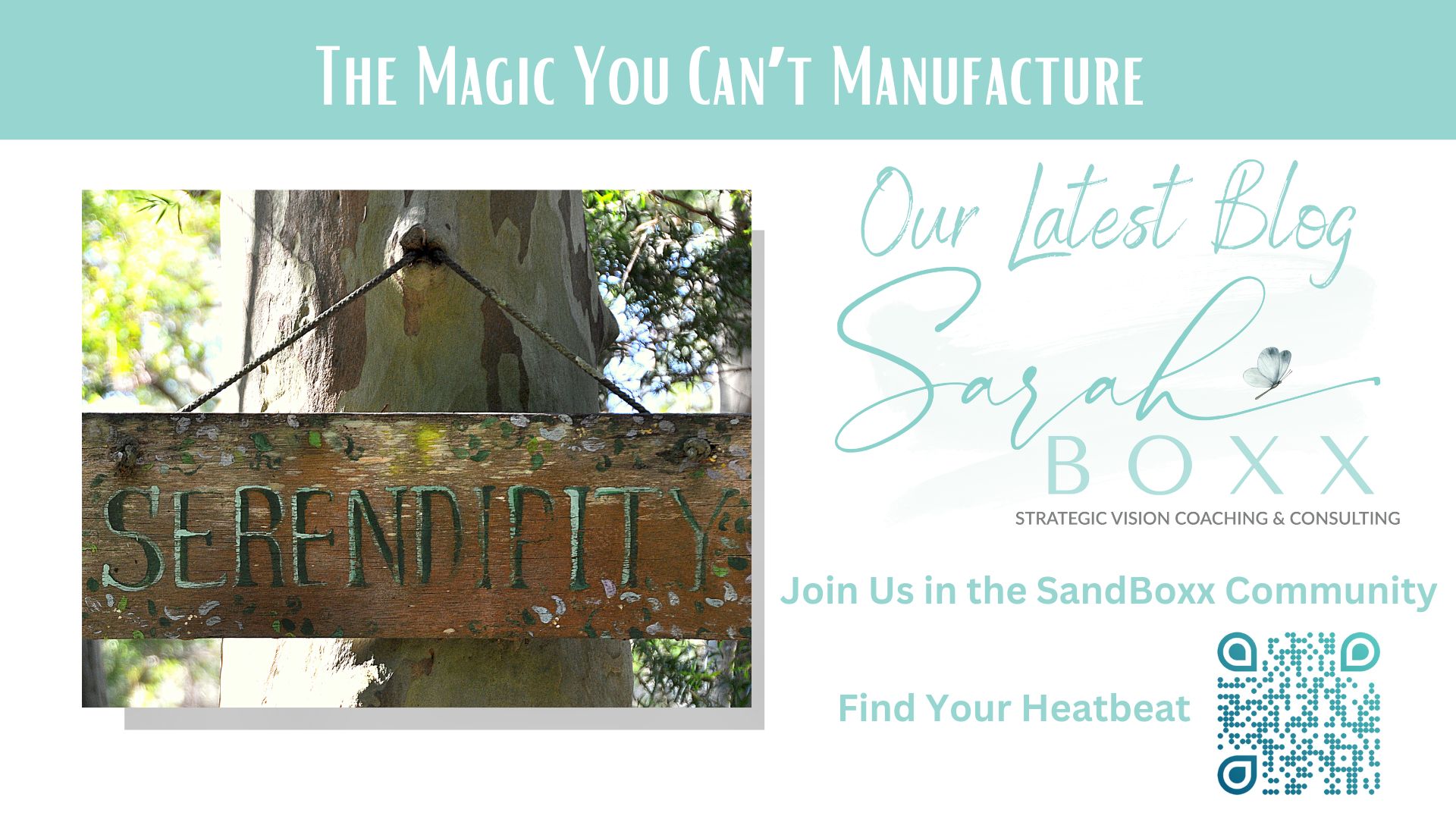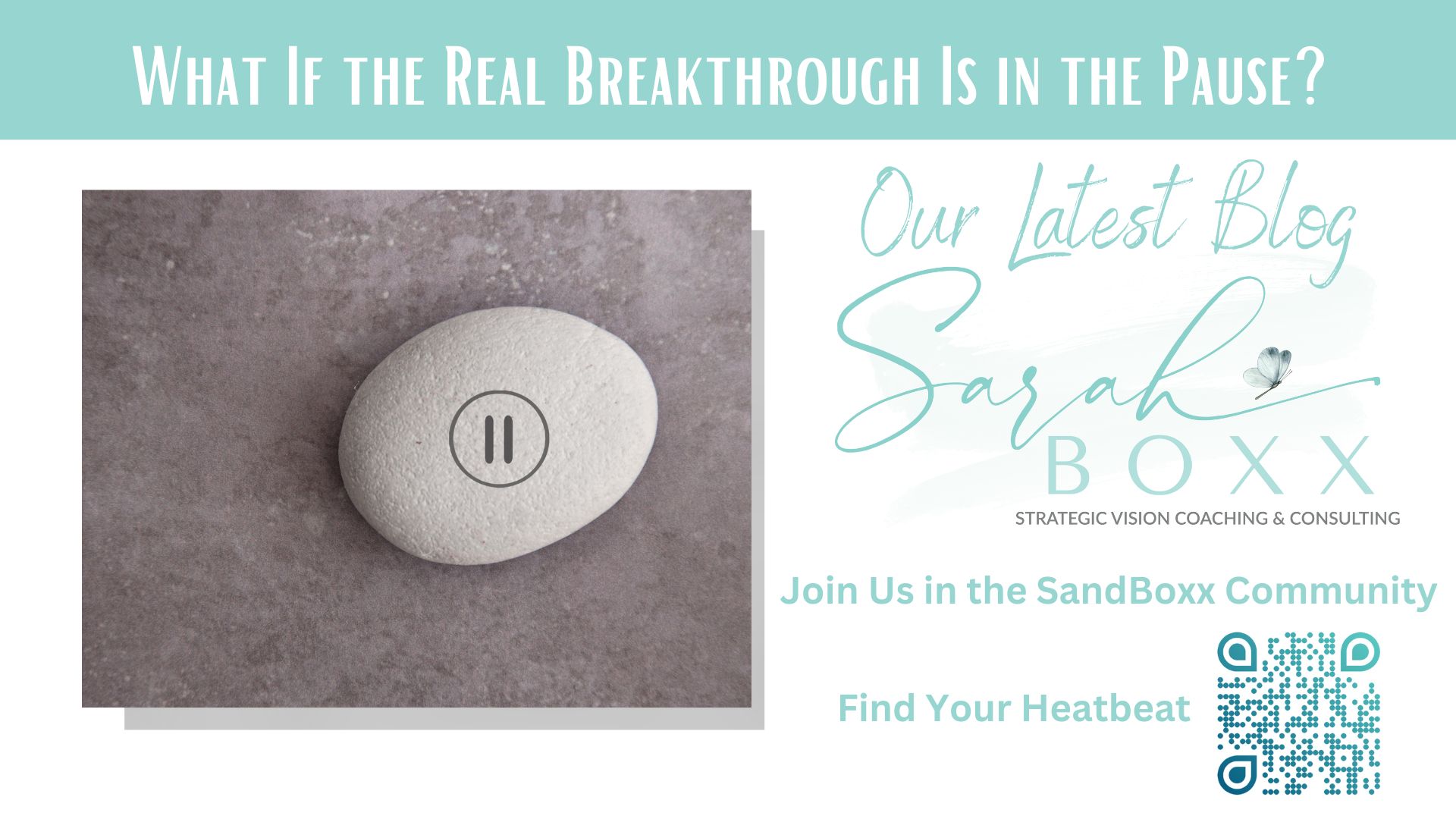Last week we took a look at how our beliefs and behaviors are linked, and how we look for evidence in our lives and experiences to support our beliefs and assumptions. (Ever heard of confirmation bias?) I also encouraged you to take time and think about your beliefs; those you share and express with others and the ones that lay below the surface, possibly operating without your conscious awareness – but influencing you, nonetheless.
Let’s start with values and asking some questions:
- What happens when we’re out of sync with our values?
- What happens when we are holding onto others’ values?
- How would you even know?
We know because there is a growing sense of discomfort in our life. A “chaffing” as we find ourselves going against what we value, what matters to us, even as we appear to be moving forward and even “succeeding” in life. But, when we get quiet and check in with ourselves (e.g., through a few minutes of mindfulness, writing, reflection or meditation) we begin to more clearly “see” and “hear” where we are out of alignment. We can ignore the gnawing sense that we’re “off” or “out of alignment”, but it will remain until we look it square in the eye and decide what we need to get back in sync.
I’m no stranger to this practice. It reminds me of going to the chiropractor for the first time after many years away. The discomfort I was feeling in my knee and hip had become more than a nuisance I could work around. (Computer/desk work anyone?)
We talked. She looked me over, asked more questions. While I had no major injuries (think: life looks successful from outside), there was definitely some work needed to realign my structure (think values) and update them to match where I wanted to be (think future goals and dreams) supported by my frame (think updated values). I had slowly shifted my activities and direction without any reflection on my values and what those changes might mean. When I replaced hours in motion (riding, walking, yardwork) with hours in front of a computer or traveling (creating content, researching needs and assets, facilitating, and helping clients) it had consequences for my body. After a few visits with my doctor, I was feeling and moving much better. Changes seemed to be “sticking”. I’d like to tell you that I finally took the required steps to realign life, work, and values then, but I didn’t. Once I got to the point of feeling good and functioning much better, I slipped back into familiar patterns – long hours at work and in front of a computer. It wasn’t until a year or more later that I reached the “enough is enough” point and had a good talk and several introspection sessions with myself before I got back in sync.
Why did it take me so long? Especially when I knew better? Jim Taylor, Ph.D. shares insights in his 2012 article, Personal Growth: How to Align Your Values and Your Life:
“The real challenge is learning to embrace your true values and create a life that is in sync with them. Your life to the present, though perhaps causing you dissatisfaction and unhappiness, is nonetheless familiar, predictable, and, in a perverse sort of way, comfortable. You have lived this way for many years and your life habits are deeply ingrained.”
He reminds us that even when we’ve identified or clarified our values, the work remains to discard those which no longer serve us. However, the prospect of change – moving into the unknown can be so frightening, intimidating, and full of uncertainty that we don’t do what we know is best for us.
We must each draw a line in the sand between what is acceptable and what is not. When our values are current and aligned with who we are, we are clear about our “non-negotiables” and how far is too far. It becomes almost easy as we don’t have to go back and forth about what we should do versus what we want and need to do to bring equilibrium to our lives.
This type of inner work frequently involves changing beliefs, habits and often our environment, as suggested in this review of Chip and Dan Heath’s book Switch: How to Change Things When Change is Hard,
“The rational mind wants to change something at work; the emotional mind loves the comfort of the existing routine. This tension can doom a change effort—but if it is overcome, change can come quickly.”
Achieving behavior change comes through a combination of values, beliefs, and efforts; specifically aimed at “directing the rider (logical mind), motivating the elephant (emotional mind), and shaping the path (the environment).”
Let’s assume you’ve taken time this month to review and realign your values. Or, if you haven’t yet, you will soon. What’s next and how does that relate to moving forward in 2019.
Riddle me this:
What do the movies Back to the Future and Merlin the Magician have in common?
“Your future hasn’t been written yet. No one’s has. Your future is whatever you make it. So, make it a good one.”
– Doc Brown” in Back to the Future
“If you refuse to be seduced by the understandable desire to feel in control at all times, serendipity will often assist you on your way. But you have to be looking for the magic of unanticipated opportunity before you can recognize it.”
– Charles E. Smith, Author, The Merlin Factor: Leadership and Strategic Intent
Both characters understand our power to influence the future and both instruct us that our ability to envision the future is limited by where we stand today: our experiences, knowledge and what we have seen accomplished up to this point in our lives.
In The Merlin Factor: Leadership and Strategic Intent, author Charles E. Smith tells us,
“The genius in thinking about the unthinkable is to dwell on what’s missing, what’s not there that could be. Thinking about the unthinkable breaks up the existing cultural interpretation of what can be done and what’s possible. [It creates] A bridge from the future that focuses on the conditions of the present narrows the possible actions an organization [or person] can take because it always begins with an apparent ‘first’ step… On the other hand, a bridge to the future that focuses on the creation of new possibilities imposes no prohibitive initial step to begin movement toward that future. Instead there are a number of possible starting points.”
Why does that matter?
Starting with the big goal, far out in the future allows our creative mind to begin sorting and looking for solutions on how to get from where we are today to where we want to be. Because it is far enough, we are not immediately barraged by all the reasons it can’t be done, isn’t possible, or not even realistic. Seriously, if we could put a man on the moon within a decade, what else might be possible for you ten years out?
As you look to 2019, give yourself a challenge. Take whatever goal you are contemplating, make it ten times bigger (or more) and set the achievement date 10-years in the future. Then ask yourself what the first step on that 10-year journey would be and TAKE IT. That will open up more questions and experiences that can tell you whether you are heading in the right direction.
You will need to review and adjust your strategies and tactics based on what you learn as you move ‘up the mountain’ toward your goal. You cannot see them from where you stand rooted now.
Start by aligning your beliefs and values, deciding your BIG GOAL, and commit to the first step. Then take it on January 1, 2019 (or even before). And when you feel you’re shooting for the moon, remember what Bill Gates had to say:
“Most people overestimate what they can do in one year and underestimate what they can do in ten years.”
– Bill Gates.
Have a wonderful New Year and we’ll see you back in this space on January 3, 2019.





